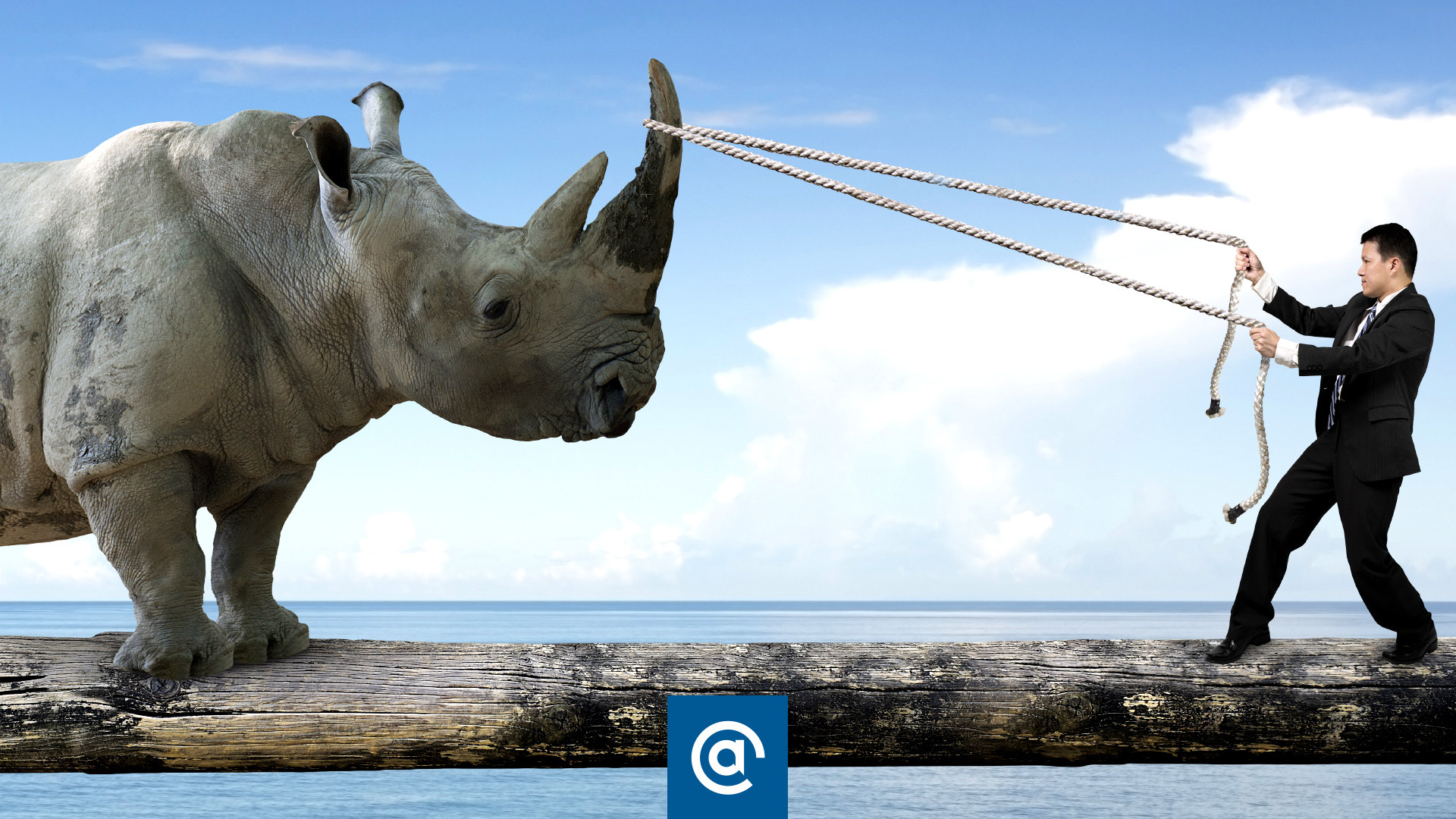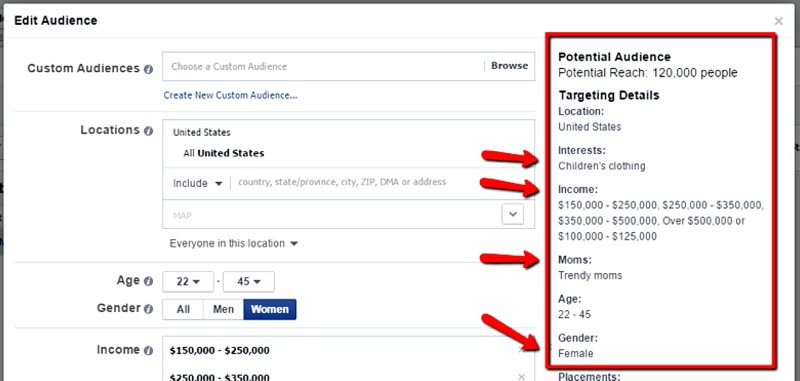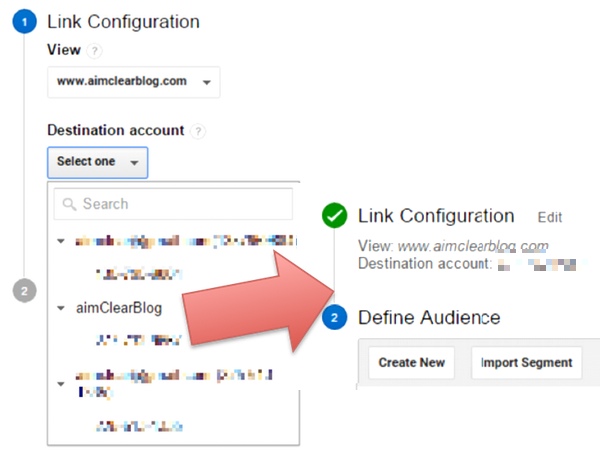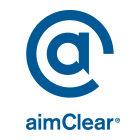Opinions expressed in this article are those of the sponsor. MarTech neither confirms nor disputes any of the conclusions presented below.
Internet-wide Retargeting POWERED by Social Psychographics
Once marketers have mastered truly deep psychographic social targeting, it’s time to integrate social PPC into the larger marketing picture by capturing your precise audiences into tightly filtered retargeting lists to pull them deeper into the conversion funnel. In this edition of Psychographic Targeting Hot House, aimClear Social Account Manager Gretchen Gautreaux illustrates precisely how […]
Once marketers have mastered truly deep psychographic social targeting, it’s time to integrate social PPC into the larger marketing picture by capturing your precise audiences into tightly filtered retargeting lists to pull them deeper into the conversion funnel. In this edition of Psychographic Targeting Hot House, aimClear Social Account Manager Gretchen Gautreaux illustrates precisely how to pull targeted social users through to Internet-wide retargeting and (SCORE!) conversion.
Step 1: Tight Social Targeting
Intentional psychographic targeting is the basis for success with this marketing model. Psychographics is knowing and understanding the entire identity of a user. This includes everything from demographics like age, gender and location to more personal attributes like job titles, weekend recreation and vacation preferences.
When you start thinking like your target market, you have a better chance of capturing them at the top of the funnel. Psychographic targeting can be set up through campaigns in Facebook, Twitter or LinkedIn. Once audiences are established by identifying the delicate cross-section of volume (reaching enough users) and specificity (the right users), it’s time for marketers to bring these audiences to Internet-wide prime time retargeting.
Say you’re a retailer selling a high-end children’s clothing online. Well, you might want to target moms in high-income brackets, right?
Along with targeting, creative imagery and messaging is crucial. Include proper messaging for each stage of the buying cycle. Remember this is a top of funnel touch, so make sure messaging is easy to digest, and leaves users wanting more.
Step 2: The Essentials of Tagging
Next up, be sure to tag ALL outbound social — from organic to paid — with UTM tagging. UTMs are custom parameters appended to the end of each URL. When users click a tagged link, the unique parameters are sent to Google Analytics and identify which source or campaign the URLs are coming from.
Remember to append the UTM tagging to the URL before posting content to social walls in Twitter or LinkedIn. Facebook allows advertisers to add additional tags within the ads platform. See below:
Looking for a little help when it comes to tagging? Make UTM tag creation easy with the plug and play features of Google’s URL Builder. Be sure the tags are consistent and keep in mind that there can be no spaces in the tags, and it’s best to use lowercase type and underscores to indicate separation. Typically aimClear defines each social parameter as follows:
- Source: This is the channel the traffic is coming from (Facebook/Twitter/LinkedIn)
- example: utm_source=facebook
- Medium: Differentiates between paid (cpc) and organic sources
- example: utm_medium=cpc
- Term: Parameter represents the targeting used
- example: utm_term=targeting_segment
- Content: Content represents the ad name and the image (if one is used) OR if a page post is being amplified, this is the blog post title
- example: utm_content=adname_image OR utm_content=blogpostheadline
- Campaign: This is the campaign name
- Example: utm_campaign=subject_objective
All together now: utm_source=facebook&utm_medium=cpc&utm_term=jobtitle_industry_geo&utm_content=adname_image&utm_campaign=subject_objective
In the sample case of targeting high-income trendy moms, the tag may look like:
utm_source=facebook&utm_medium=cpc&utm_term=2245moms_100k_trendy&utm_content=b2school_im-booties-bags&utm_campaign=b2s-to-xmas
Step 3: Build AdWords Retargeting Lists for Internet-wide Domination
Once UTMs are properly in place, head into Google Adwords and over to your admin tab. Once here, scroll down to “Remarketing” as shown below:
Under the “remarketing” header, select “audiences”, which will take you to the audience page where you can create a “new audience”.
It’s time to link the Analytics list to the proper Adwords account. Click the intended account to serve ads to newfound users under the “destination account” drop down. Then click “Create New” in the upper left of the “define audience” section, and finally choose a name for you audience.
Once you arrive in the audience builder, select traffic sources, filter by users and fill out the corresponding UTM tag parameters here.
Step 4: Retarget and SCORE!
Once the retargeting list(s) contain a significant number of users, head into your Adwords account. It’s time to start thinking about what’s next for this audience, like new outfits for Christmas photos or pageants.
Select “shared library” in the lower left. From here, click on audiences and — the newly created remarketing list should appear below. This is also where you’ll manage the size of the list.
In order to add the remarketing list to a current campaign, hop back up to “all campaigns”, select your campaign, then chose the audience tab.
Click the “+ Remarketing” button, and “select an ad group to get started”, then under the “add targeting” drop down, select “interests & retargeting”. Select the newly created retargeting list to your current campaign and you’re all set!
Internet-wide remarketing from social via AdWords (or AdRoll, or Bing, etc.) is a dead-eye tactic because tracking precise psychographically-focused targeting into remarketed audiences can be potent if done right. While this may be too constrictive for the Etsy-style local boutique site with only 147 visits per month, larger companies and brands have found this strategy to be tried and true.
Related stories








